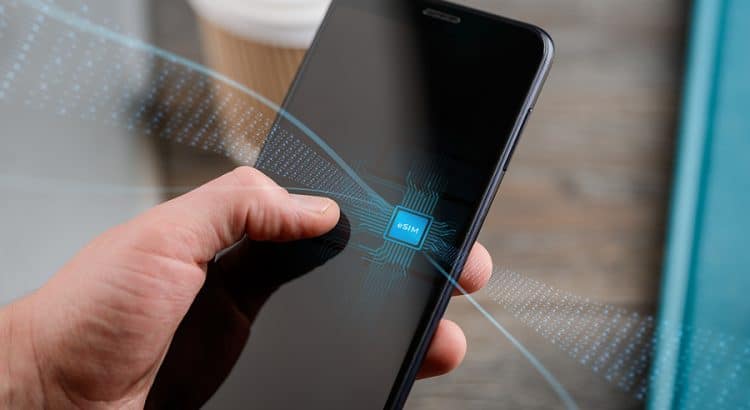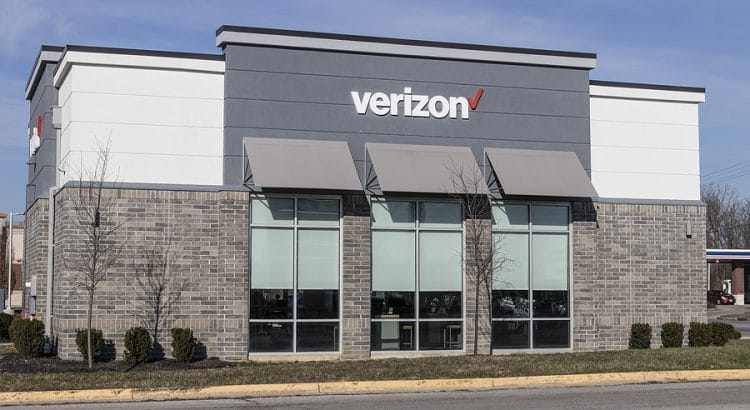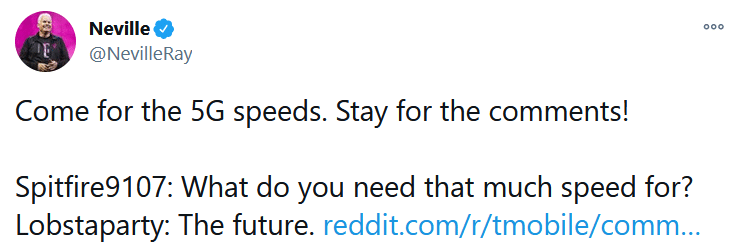Tello, a carrier that has historically run over Sprint’s network, is now offering new customers service over T-Mobile’s network. Despite switching to a network with much better coverage, Tello has not increased its prices.
I think Tello is now one of the best options on the market for customers that don’t need a lot of data. For example, a plan with 2GB of data and unlimited minutes and texts costs only $14 per month. Unlike Mint Mobile, another low-cost service running over T-Mobile’s network, Tello offers service on a month-to-month basis without any long-term commitment.
As far as I know, Tello has not announced when it will migrate existing customers from Sprint’s network to T-Mobile’s network. I expect customers who want to make the switch will be able to sometime in the next month or two. Customers that want to remain on Sprint’s network should be able to do so until at least the middle of 2021:
I’m planning to update my Tello review after trailing Tello’s new network. On another page, I share information about phone compatibility with Tello’s T-Mobile service.














